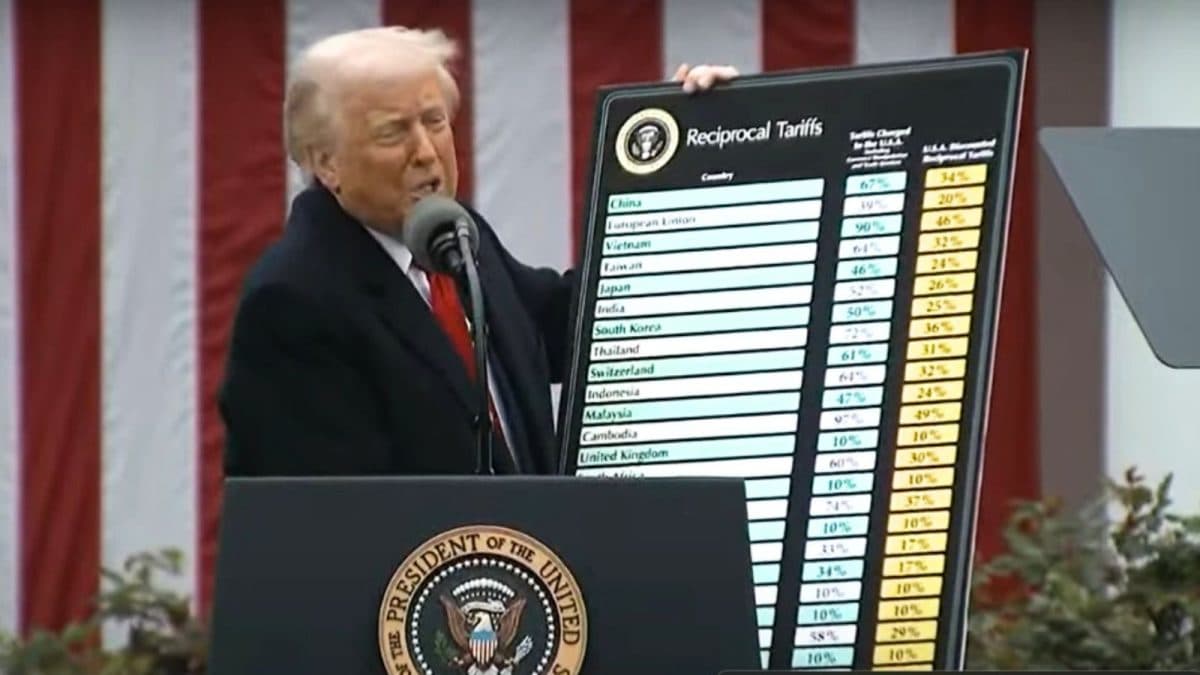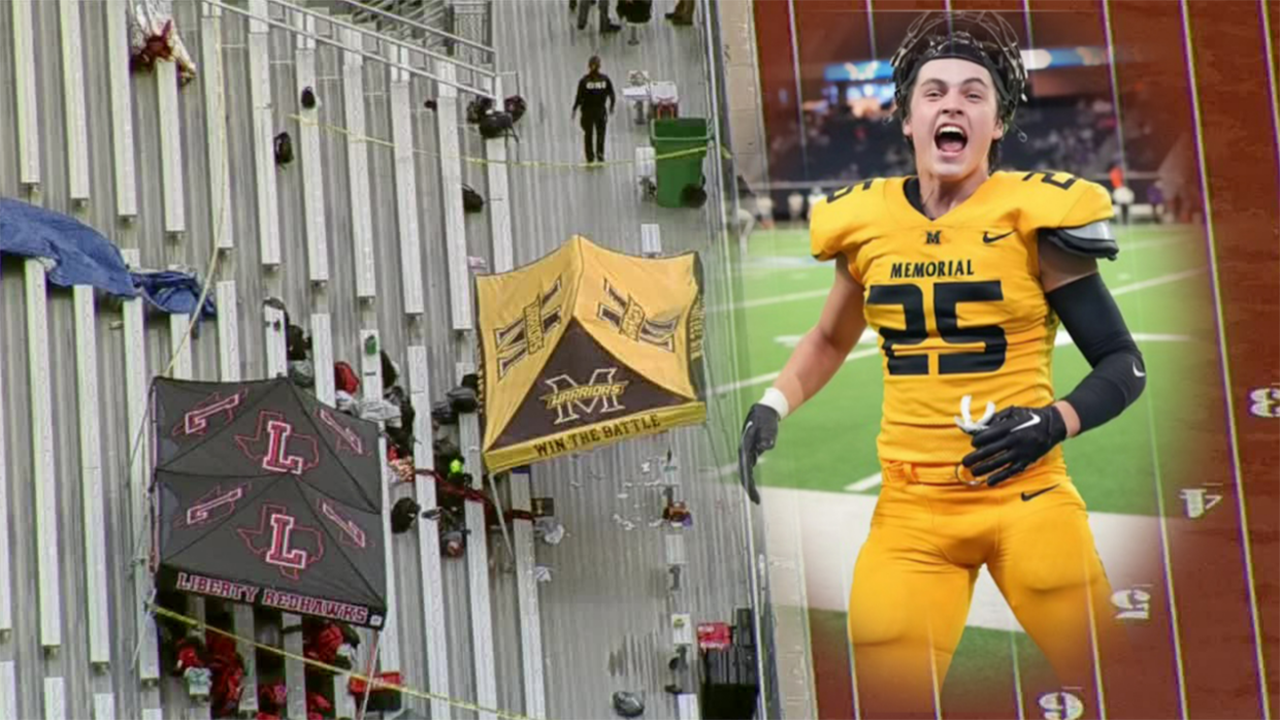Described as a bare-bones “framework,” it is said to be a two- or three-page document with bullet points. It envisions follow-on pauses beyond the six weeks, during which Israeli military captives and the bodies of hostages who have died in captivity would be released, amid hopes by negotiators that an extension could lead to a permanent cessation of the fighting now nearing its fourth month. According to Israel, 109 hostages are still being held, including elderly and children, along with the bodies of 27 people.
The leader of Israel’s Mossad intelligence organization, David Barnea, who was authorized by the Israeli war cabinet to negotiate on its behalf, attended talks Sunday in Paris where the framework was finalized, as did Ronen Bar, the head of Israel’s domestic intelligence service, Shin Bet. Negotiators also included CIA Director William J. Burns, Egyptian intelligence chief Abbas Kamel and Qatari Prime Minister Mohammed bin Abdulrahman Al Thani.
Egypt has transmitted the current proposal, which now must be approved by Hamas military leaders believed to be inside the enclave.
After negotiations in Paris, Al Thani flew to Washington for talks Monday with Secretary of State Antony Blinken and on Tuesday with White House national security adviser Jake Sullivan. According to a White House statement, Sullivan “urged that all possible efforts be brought to bear on Hamas to secure the release of hostages without delay.” A half-dozen of the remaining hostages are believed to be American citizens.
Officials familiar with the sensitive talks discussed the hostage negotiations on the condition of anonymity during what they said were early stages, and emphasized that any actual deal will take time to come to fruition. While Israel has agreed to the broad framework of a second temporary cessation of hostilities, the officials said that major disagreements are sure to arise as specific details and commitments are negotiated.
“To move forward,” one senior official said, “it needs a lot of detail.”
A similar pause, with the exchange of hostages for prisoners, was negotiated last November. During a week-long stop in the fighting, 105 captive Israeli women and children and some foreigners were released by Hamas. It was hoped that follow-on phases would lead to other releases, but intense fighting quickly resumed amid mutual recriminations and allegations of bad faith and violations of the agreement by both Israel and Hamas.
Israeli negotiators began expressing interest in renewed talks with Hamas in late December, after three Israeli hostages in Gaza were mistakenly killed by the Israel Defense Forces, an official said. Initially, the length of the pause in fighting was the main point of disagreement. Hamas had said it would accept only a permanent cease-fire; Israeli proposals outlined a multi-month cessation of violence.
Among the many details that could derail the new proposal, it remains unclear how many Israeli soldiers are hostages in Gaza. Israel says Hamas seized 253 hostages when it launched the cross-border assault on Oct. 7, killing at least 1,200 people. The current talks do not envision that Israeli troops — either women or men — would be among the next wave of hostages released by Hamas.
It is unknown who would select the Palestinian prisoners to be freed by Israel, and how they would be chosen. Hamas accused Israel during the last pause of breaking an agreement to release older prisoners held for a substantial period, instead freeing a number of youths who had been arrested during recent skirmishes on the West Bank. Israel charged that Hamas broke the agreement by firing rockets into Israel.
Both sides have already laid out what they say are nonnegotiable public positions.
“We will not remove the IDF from the Gaza Strip and we will not release thousands of terrorists,” Israeli Prime Minister Benjamin Netanyahu said Tuesday in an appearance at a military academy in the West Bank as word of a provisional Israeli agreement to the framework spread, according to Israeli media. “None of this will happen. What will happen? Absolute victory,” he pledged.
Extreme right-wing members of Netanyahu’s coalition government have threatened to resign if any deal is made, which could cause his government to fall. They, and Netanyahu, have accused Qatar — the main negotiating conduit to Hamas — of being in the pocket of the militants.
Hamas has been equally, if not more, unyielding. While political leaders of the organization operate and travel the region openly and have been able to communicate with those inside Gaza, they are “just messengers,” the senior official said. It is the military leaders who clearly call the shots, led by Yahya Sinwar, the military chief at the top of Israel’s hit list and believed to be hiding in tunnels beneath southern Gaza.
It is not clear how leaders outside and within Gaza contact each other, but the length of time before a decision is communicated varies. Cellphone and WiFi signals are frequently blacked out in Gaza.
In the meantime, Hamas political representatives have set public conditions for a deal that are far beyond what is likely to be acceptable for Israel, which has said it will not consider a true cease-fire or discontinue attacks until its “mission” of destroying Hamas is completed and all hostages recovered.
“Any agreement for us must include several points: The first point is the guarantee of a comprehensive and complete cessation of the aggression of the Gaza Strip,” Taher al-Nunu, a senior Hamas official and adviser to political leader Ismail Haniyeh said in an interview Tuesday. Al-Nunu also called for “the withdrawal of the occupation [forces] from all parts of the Gaza Strip, without any buffer zones,” and more humanitarian aid.
These, he said, are the preconditions to serious negotiations over a hostage release. Hamas is open to doing it in phases, but “regardless of the timing: At the beginning, at the middle, at the end, it has to include a cease-fire. The second point is that there will be no negotiations on hostages while under fire.”
“It seems that the U.S. administration has started to be convinced of this,” he said. Asked for specifics, Al-Nunu said that among the reasons for Washington’s efforts to secure a fighting pause are threats to U.S. interests in the Red Sea, Iraq, Syria, Jordan and “Palestine’s northern borders. … The [U.S.] elections that are encroaching. … Of course, it’s uncomfortable for the U.S. administration.”
If a cease-fire is reached, he said, “we will begin to discuss prisoners. We haven’t started discussing names and numbers. We are discussing principles, or the general framework of the deal.”
Without a complete Israeli withdrawal from Gaza, “we can’t accept this new proposal,” Mohammad Nazzal, a senior member of Hamas, told Al Jazeera.
Mediators are also using negotiations on the hostage-release deal to discuss the basic framework of an agreement on postwar Gaza. But as with the hostage negotiations, the devil is in the details. Diplomats stress that those talks are occurring on a separate track and are progressing much more slowly than are the hostage exchange discussions.
As they wait for the next round of negotiations, an official familiar with the talks said, mediators have made the argument to the Israelis that nearly four months of fighting have not brought all their hostages home. For Hamas, the official said, “the way to convince them is to ask them what alternative they have?”
Dadouch reported from Beirut, and George from Doha, Qatar.















































